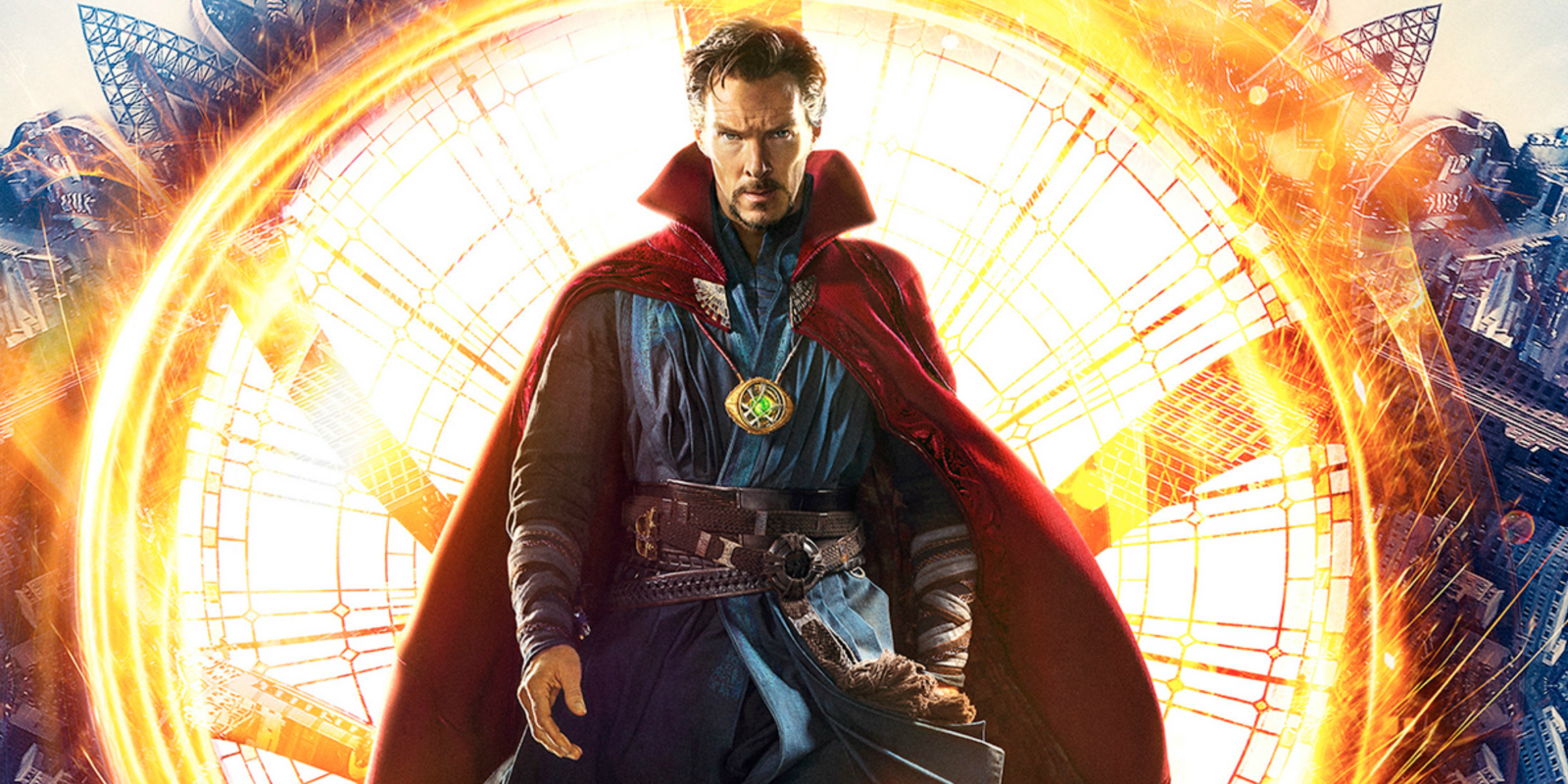While we wait for Sherlock, Benedict Cumberbatch steals our hearts as the unfriendly and egoistical neurosurgeon, Dr. Strange. Of course, this marvel wonder could not have been strange without visual effects. Read on, as we bring you the VFX breakdown of Doctor Strange.
[youtube]https://www.youtube.com/watch?v=HSzx-zryEgM[/youtube]
The story
Eminent neurosurgeon, Dr. Stephen Vincent Strange lives a normal life until he meets with a car accident and loses the use of his hands. He then goes on a quest to find a cure, landing in the mystical realms of the Marvel universe, complete with bad guys.
Special effects
Vicon Motion Capture Technology and UK-based studio, Framestore were pivotal for creating the breath-taking visual effects for the film. Stephane Ceretti was the production VFX supervisor on the sets. Some of the major sequences that would have been impossible without VFX were:
- Mandlebrotting & Kaleidoscopic background elements
- Astral form
- Magical energy shields with revolving sparks
- Mirror dimensions
- Space portal
- The Cloak of Levitation
Use of green screens
With the background of the film having to be in tandem with the mystic realms, green screens were used across the entire film. The much talked about space portal scene was one of the key scenes to utilise green screen.
In the astral plane
One of the most challenging scenes to create was the astral plane. The VFX experts at Framestore back-lit everything, creating a lot of negative space that let the naked eye perceive contrast images. The FX team also drove a particle system so that the characters seemed to have a shiny surface.
Power up
Making magic look real on screen is no easy task. Mandlebrotting and Kaleidoscopic effects were shown to precision in complex fight scenes and changing surroundings. Framestore used Houdini in order to create CG magical energy shields and sparks. The rendering engine used was Arnold.
Which was your favourite Doctor Strange moment? Tell us in the comments below.





